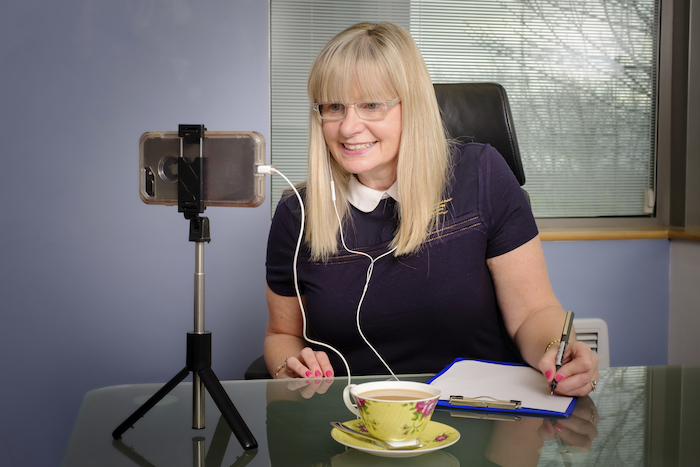Affordable and discreet digital therapy core and pelvic floor training
We all know the terrible feeling of needing to go to the toilet to empty the bladder while having coffee with friends or running errands, and how humiliating and embarrassing it is to be caught short and urinate. .
Imagine the horrible feeling with an irresistible urge to empty your bladder, or the need to cough or sneeze and not make it to the bathroom in time and leak urine. Worse still is the fear of not being able to control bowel movements or gas. New mothers (and some not-so-new mothers) across the country are dealing with these terrible issues. Help is available to give you back your freedom without fear of bladder leakage.
Progressive pelvic floor muscle training is recommended as first-line treatment for incontinence (CG171 NICE Guideline 2016). Two-thirds of women with any type of incontinence who have pelvic floor muscle training see improvements or recovery, with 75% of women reporting resolution of symptoms such as episodes of incontinence (National Institute of Research doi :10.33310/signal-000702). In other words, two out of three women will be cured of incontinence by training the pelvic floor muscles.
Pregnancy, childbirth and menopause are the main causes of incontinence in women. Many hide the problem and are too embarrassed to deal with the issues. Women wear incontinence pads, reduce their sexual activity, exercise level and social life too. As a woman trains her pelvic floor muscles, she will find that her core (or abdominal) muscles also improve.
It is important to know where the pelvic floor muscles are located in the body. First, think about the area of your body between your waist and the top of your legs. This is where your pelvis is, think of it as a basin-shaped region. Your belly is where your core muscles are. The pelvic floor muscles form the base of the pelvic pelvis and are really the bottom part of your core.
We need to train our muscles to be within normal range or function. It involves a series of exercises and workout routines. The at-home pelvic routine for women is a type of digital therapy; Using an e-learning platform, it brings what used to be done individually, in a room, to the masses, using technology, discreetly, affordably. This is an online pelvic floor training product. It is affordable and allows discreet training in private at home, using a smartphone, tablet or laptop. People are pre-screened to ensure suitability.
The online product consists of three videos and three e-books, it includes a program and an issue tracker. It is designed by an expert, experienced and multi-award winning pelvic floor physiotherapist, women’s health specialist, Aoife Ni Eochaidh. Home Pelvic Routine is based on 25 years of experience treating thousands of women with incontinence, it’s evidence-based, it uses proven training methods, in the right order and at the right pace. training, for optimal results. She also offers an at-home pelvic routine for men with pelvic floor issues before and after prostate cancer surgery, urinary and fecal incontinence, and erectile dysfunction.
Training the pelvic floor muscles with the home pelvic routine is not a quick fix, it takes time, but it works and it’s definitely worth it. Home Pelvic Routine for Women costs €70 and is available for purchase on the digital therapy platform, cours.accueilpelvicroutines.com or see the Aoife Ni Eochaidh website for more information at www.ippm.ieselect the Home Pelvic Routine link to access the online course.
Individual, in-person and individual online appointments are also available, visit www.ippm.ie for more information. Follow Aoife Ni Eochaidh on social media via @pelvicexpert.


Comments are closed.